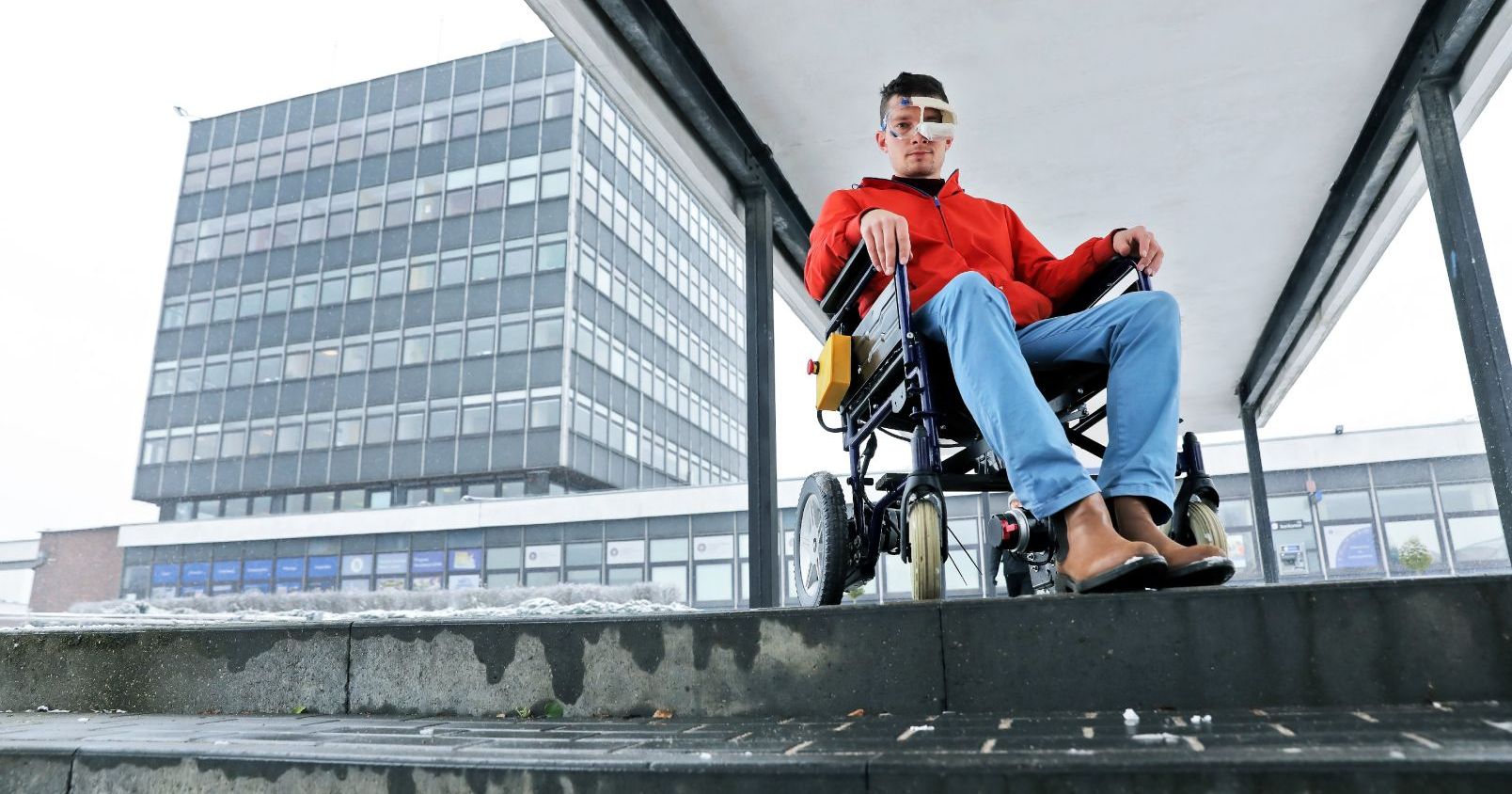 Exact sciences
Exact sciences
Where the eyes will take you
A cheap do-it-yourself eyesight-controlled vehicle for people with disabilities was designed by Krzysztof Lingo, a data analysis student from the Faculty of Mathematics and Computer Science at the Nicolaus Copernicus University in Toruń.
The vehicle is dedicated to people with a high degree of disability, which distinguishes it from a broad range of other commercially available devices, e.g. manual, joystick-controlled electric vehicles. “We wanted to develop a solution which would be suitable for people who have lost mobility, who used to walk but now are unable to move even a finger due to for example SM, explains Krzysztof Lingo. Moreover, currently available devices are mostly technically obsolete. Still, even if they are modern, their production requires a range of certifications, which makes them very costly. If someone wanted to buy such a vehicle from a renowned company, he or she would have to spend ca. 60,000 zl. Due to the do-it-yourself construction, people can have a similar device at the price 20 times lower.
Constructing a vehicle involves two stages
The first stage is to convert a common wheelchair into an electric one. “It is very easy. Everyone with scarce technical skills, if he or she produces the modules we have designed, will be able to do it on their own, informs Lingo who cooperates with Wojciech Sójka, an engineer specializing in electronics and computer programming working at the Gdańsk University of Technology.
Technical documentation which will allow reproducing the innovative device will be available in the Internet after the testing phase is completed (end of February). Everyone interested in constructing the device on their own will be able to download an assembly instruction, a list of components, files with models for 3D printing, and technical drawings. In dependence on the types of parts, they will be available in shops (80% of them), they can be self-made, or produced by a chosen manufacturer (e.g. in an ironworker's workshop which specializes in shaping metal sheets).
We have simplified the whole manufacturing process so that the components which require more than screwing or drilling a hole could be ordered in external service providing workshops, explains Lingo. Specialists prepare components and the person who assembles the device will only have to set up two metal sheets and attach an engine, wheels, and batteries. This is how a wheelchair will be converted into an electric device.
The second stage is to construct a steering system. The system is composed of PCB plate, i.e. an electronic circuit with properly attached and connected components, and a microcomputer, quite common in electronics. “ We have decided to offer such a solution rather than e.g. a mobile application because we believe less is better, explains Lingo. People with disabilities have different phones, some of them are much better than our microcomputer. Still, others can have phones which will not be compatible with the whole system. So, we will standardize whatever we can. We buy normalized parts also because in case of production breaks, we can buy them from other manufacturers.
An algorithm used to convert eve movements to an appropriate engine steering signal is the most important part of the project. “It is a machine learning algorithm which detects the eyeball position as well as blinking, says Lingo." Steering itself is very simple: a person sitting in a wheelchair looks at a given object, then closes an eye for half a second thus confirming he or she wants to e.g. go 70 degrees right. If the person wants to stop, he or she keeps his or her eyes closed for about one and a half second. The time of the eyes kept closed as the indicator of the appropriate movement is still being specified and adjusted. “When we test our solutions, we are not disturbed by external factors because our muscles are working properly. People with disabilities can feel it in different ways and have different reaction times, so it is very essential to adjust solutions to their needs.
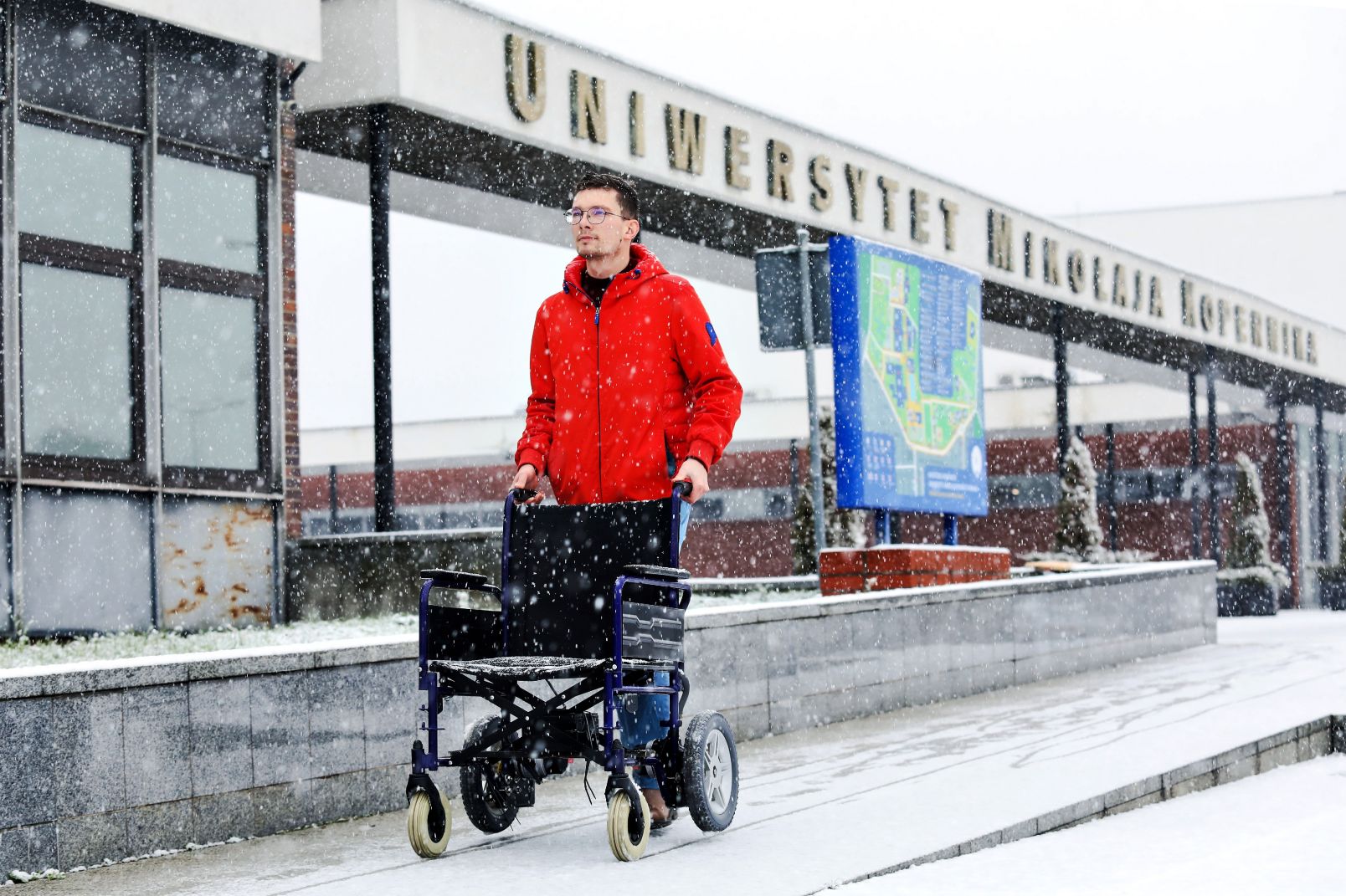
photo: Andrzej Romański
The project required extensive computational works. First, endurance tests were carried out, i.e. whether a given element will not undergo deformation under a given load. Next, calculations to find the optimum rotational speed (how fast the wheels will rotate) were performed. “We have introduced numerous arithmetical functions which change the angle movement of the eye into the angle movement of the wheel, explains Lingo. The computer receives a signal that the eye changed its position by 15 degrees, so the wheelchair should also move by 15 degrees. To accomplish the task, the right wheel should make one and a half revolution. This is the most significant dependence: how many revolutions of the wheel will correspond to a given eye movement angle."
Two years ago. when the designers started working on the project, they estimated the vehicle construction cost at ca. 1,800 zl. Currently, the total price has risen to ca. 3,300 zl since a part of the components has to be imported and their prices are dependent on the dollar exchange rate.
Before the instruction is available online, the vehicle has to undergo a series of tests. Therefore, the designers are looking for volunteers, particularly those of a high disability level, who would volunteer and test the design for its functionality. The volunteers, however, need to have full intellectual control, and their eyeballs should be fully physically controlled.
Each new volunteer will be invited to participate in a testing game which checks the way he or she can control eye movements. It is also to familiarize future users with the algorithm and mechanical system. A disabled person puts on goggles equipped with a camera to see how to steer the wheelchair and make sure that if he or she takes a look right, the wheel will also go right.
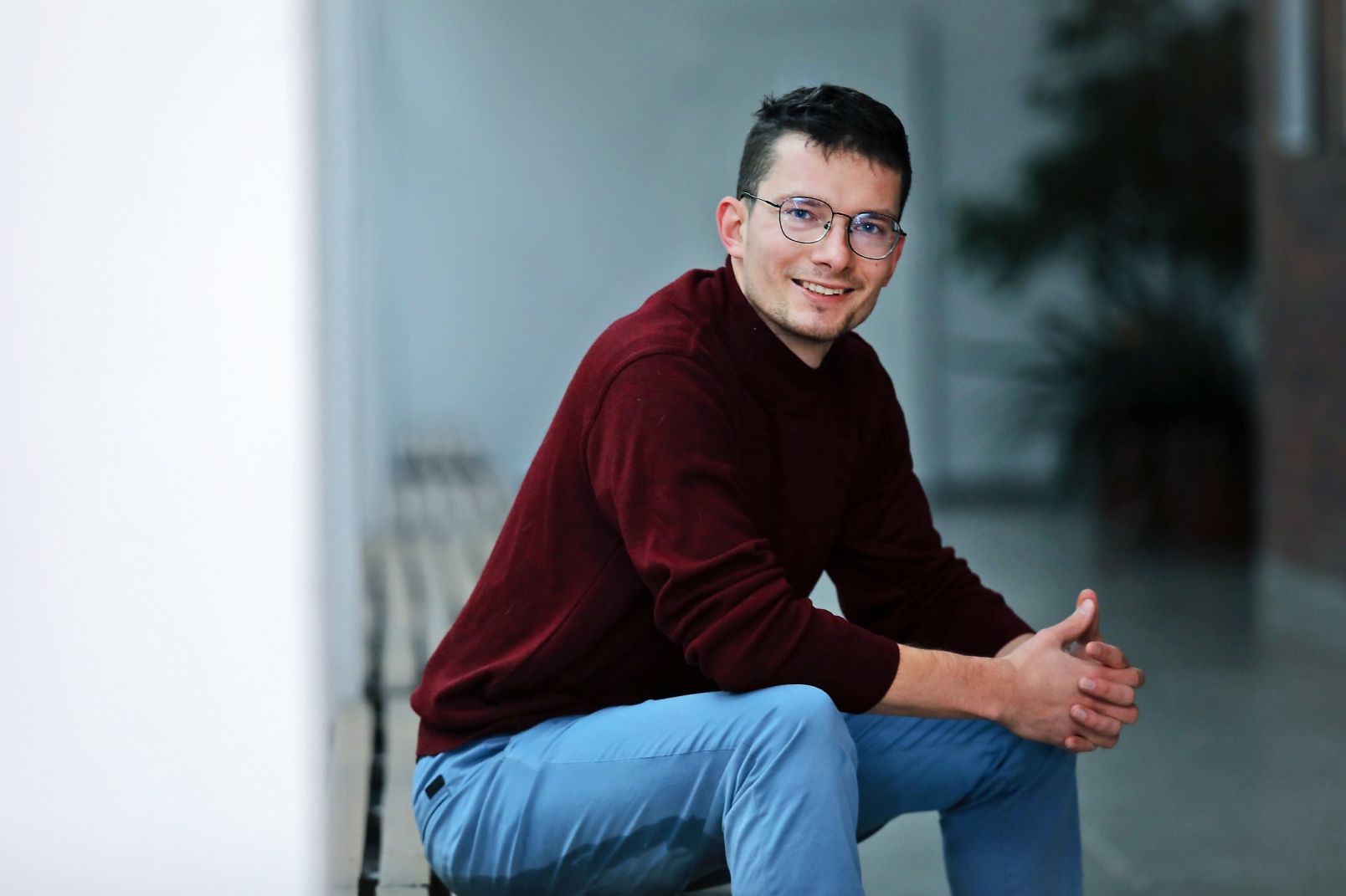
photo: Andrzej Romański
The volunteer gets the vehicle free of charge for a three-week testing period. He or she should use the wheelchair every day, at least for a while, and take a caretaker for the first walk. “It is still a prototype, although refined, and everything can happen, warns Lingo."
The eye movement-controlled vehicle project is not the first invention by the Lingo-Sójka duo. It all started in 2021 with a paraponton. “It is a single-person ponton for people with disabilities, says Lingo. We came to a conclusion that there is a need to develop a tool that could serve to integrate the able-bodied with the disabled because, so far, when the able-bodied children play in water, the disabled ones sit on wheelchairs nearby.
The project was well-received but its completion was postponed. The authors prepared new generations of prototypes, but still have not presented them to the world.
There is a very long way from constructing a prototype to implementing the fully tested solution ready for flow production, emphasizes Lingo."
The duo have also designed a project of a wheelchair lift the purpose of which is to support caretakers in their work and an intelligent drug organizer aimed to provide remote care to elderly and disabled people. The above mentioned projects are financially supported by the European Knowledge Education Development Programme.
People interested in participating in the project are invited to fill in the form below:
https://docs.google.com/forms/d/1GQLe82q_hdrjufGSdL5r4rDifF7CgYcC0S_OeoFnSZE
- Krzysztof Lingo – an MSc data analysis student (NCU), also a graduate of mechanical engineering at the Poznań University of Technology. Since he became a student, he has actively participated in numerous scientific circles. For one year, he was the leader of the PUTrain team working on constructing a 1:5.5 locomotive model. The resulting construction allowed him to win a number of prizes in the international Railway Challenge competition. He is also a laureate of numerous Polish competitions:
- in 2020, a honorary mention in the Centralny Port Komunikacyjny competition in the Social Innovations category;
- in 2021, in cooperation with Wojciech Sójka, the second place in the KOKOS competition in the LifeScience category;
- in 2022, the winner in the Railway category and the owner of the Construction Hero title in the KOKOS competition;
- in 2022, the first place in the Hack(art)hon for developing the Artify aplication. The Artify is a tool for teachers which by applying gamification and artificial intelligence allows creative and interactive teaching about painters and their works of art;
- in 2021/2022, the Best NCU Student title.
On a daily basis, in cooperation with Wojciech Sójka, he creates innovative technical solutions for people with disabilities, he is working on developing the Sojgo start-up aimed at creating applications which solve problems of diverse social groups.
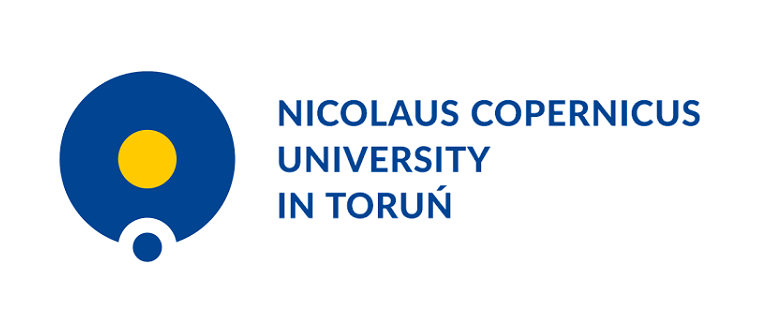 NCU News
NCU News






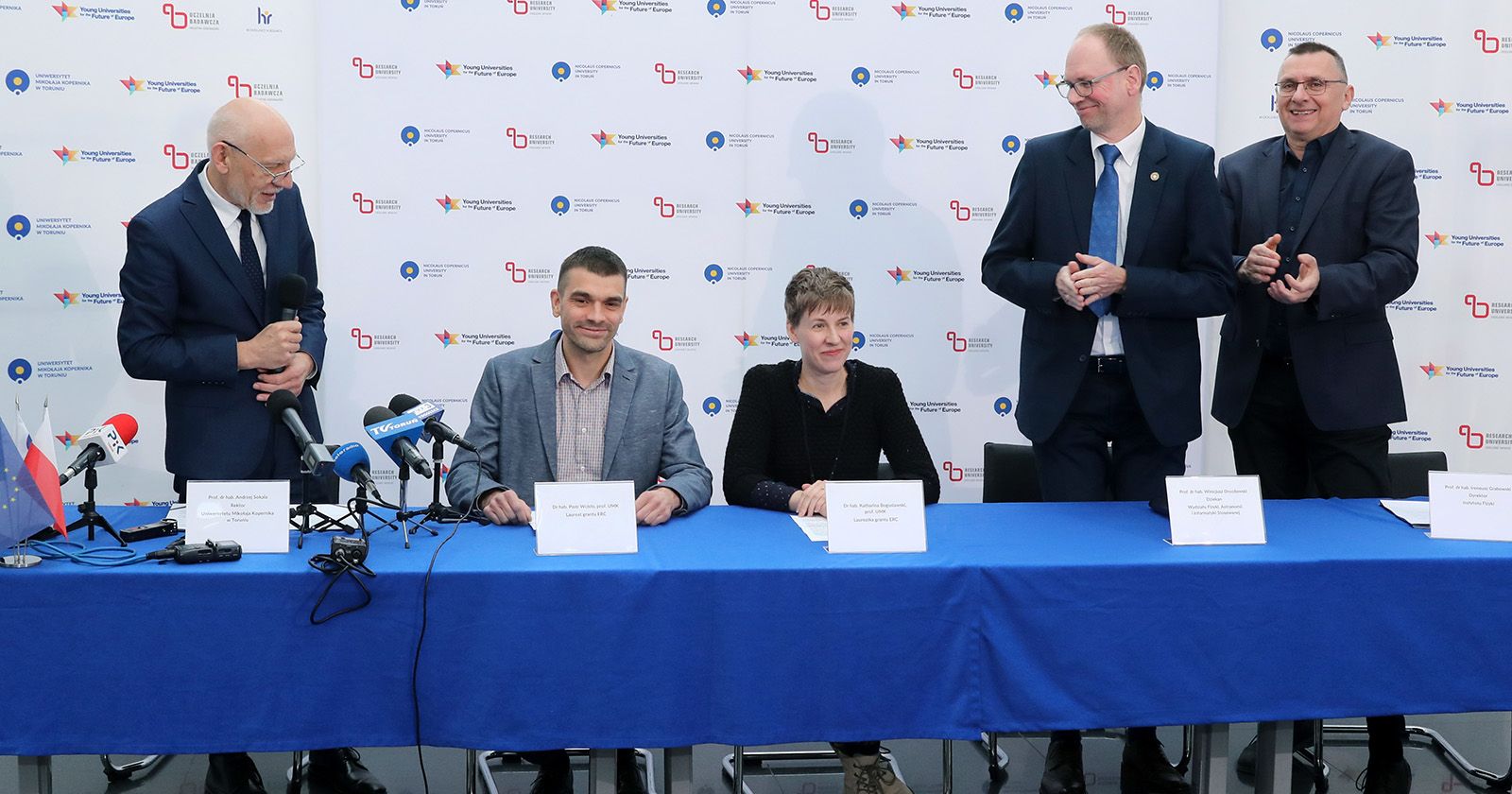 Exact sciences
Exact sciences

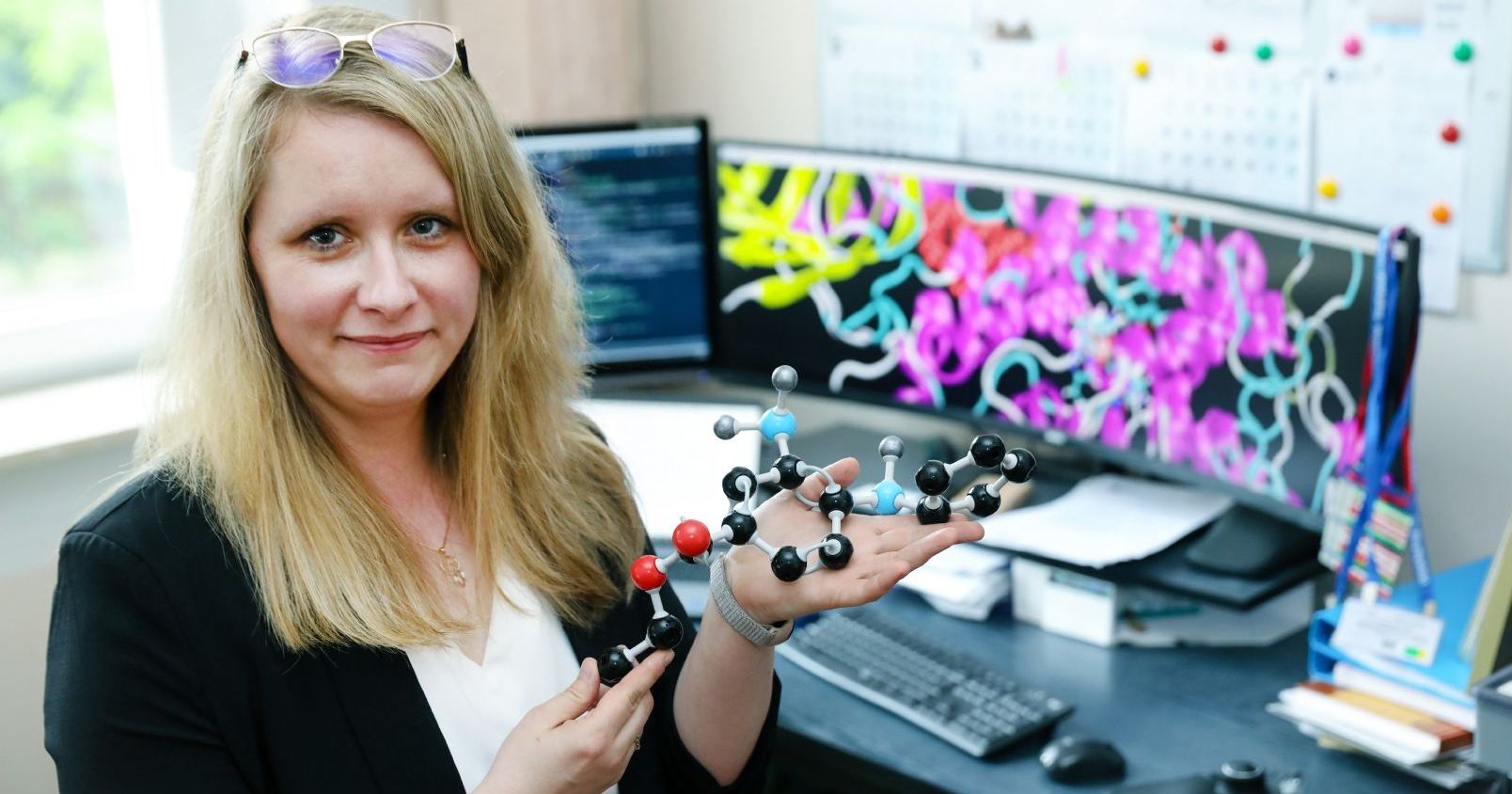 Exact sciences
Exact sciences

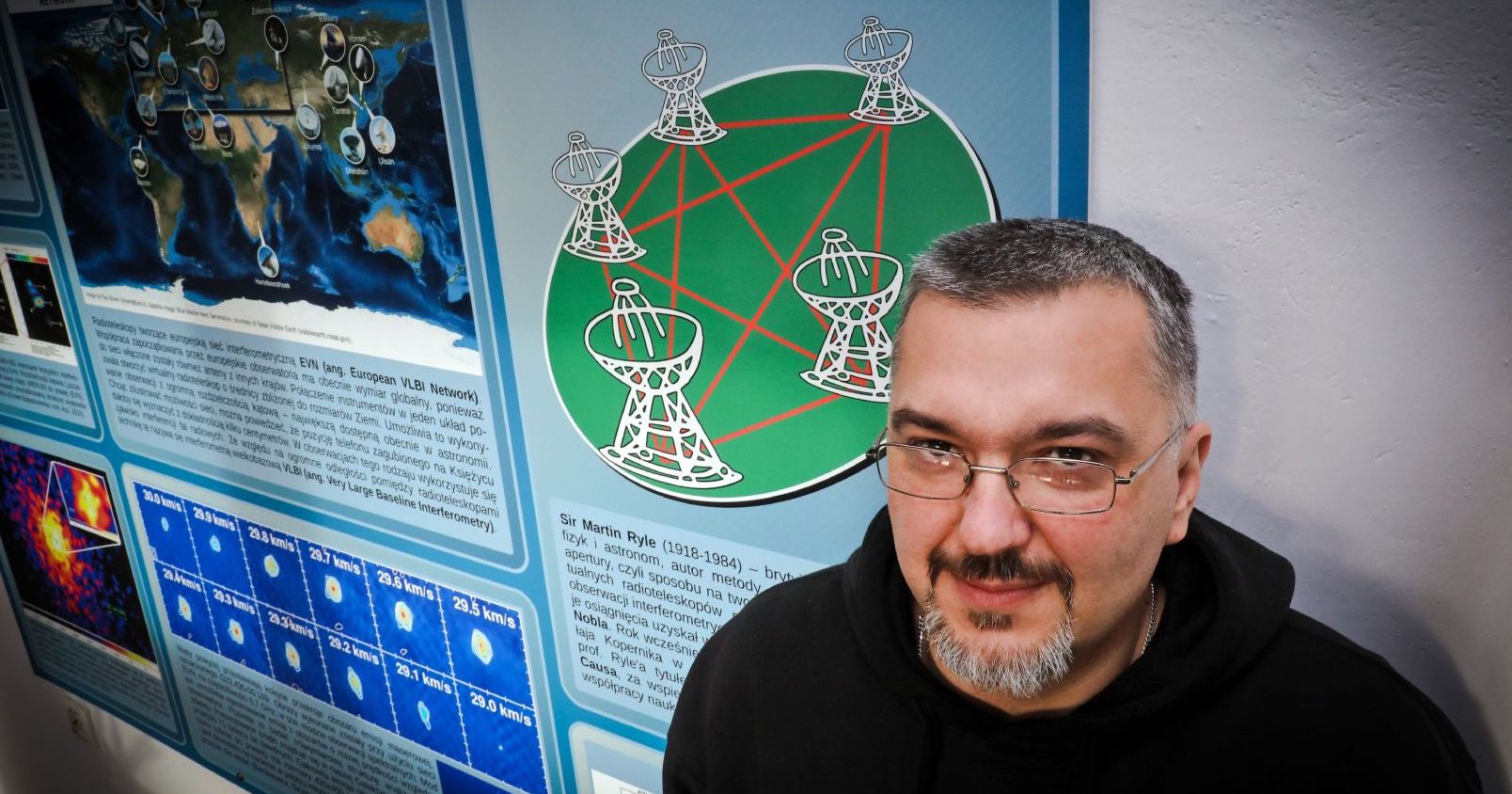 Exact sciences
Exact sciences
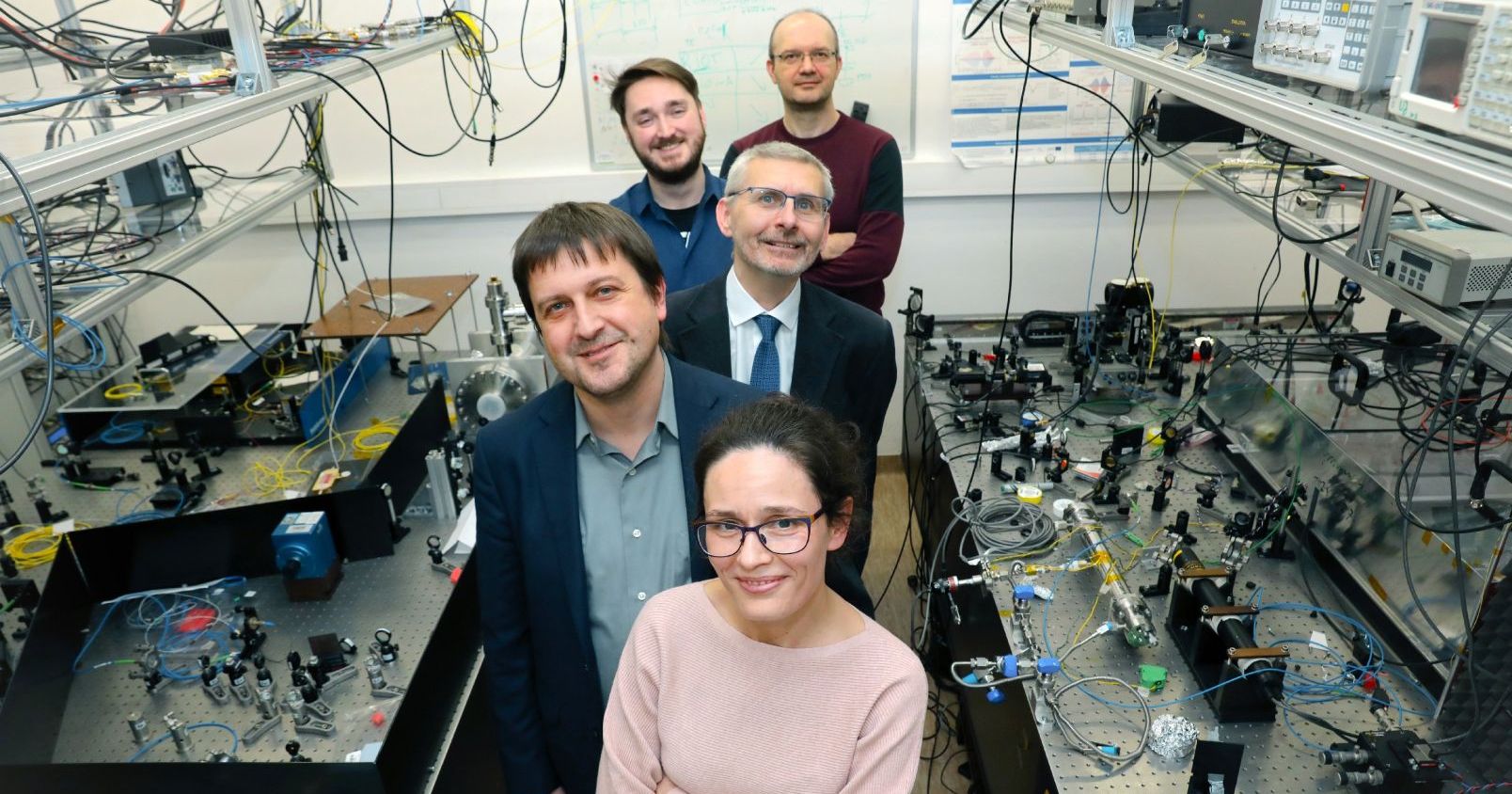 Exact sciences
Exact sciences